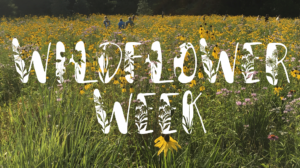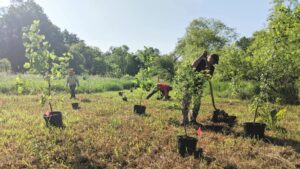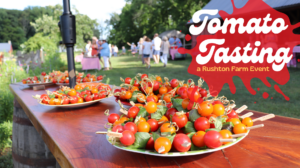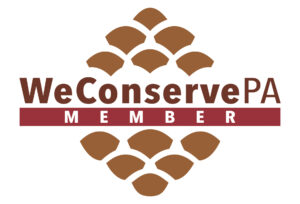
Last week we banded 713 baby Purple Martins, a member of the swallow family, at The Glenn Mills School, compared to 617 banded last year. Former Glen Mills staff member, Dan Hughes, began the colony in 1985 and waited several years for the Purple Martins to come. Now when you enter the property and look out at the thirty two boxes, you can see a bustling cloud of birds snatching flying insects on the wing and dipping into their nest cavities to feed their young.

The Purple Martins continue returning to the housing colony year after year. Glen Mills Resource Manager Don McNeal informs us that, “We have been designated by the House of Representatives in Harrisburg as the Purple Martin Capital of Pennsylvania.” McNeal’s colony and those like it are very important to the survival of Purple Martins, since they have been nesting in manmade boxes for over 100 years and now breed exclusively near human settlements. Click here to read more about the Glenn Mills Purple Martin colony.

One of the elements of banding the Purple Martins that was the most striking was seeing the different phases of the baby birds. (Click on this Purple Martin Conservation Association link to see an amazing animation of the growth stages of a nestling!) Some already had feathers, some had pin feathers that had just begun to emerge, others still just had pink skin, and some were too small to band. One baby bird had just hatched and still had an egg on its head!

When a Purple Martin first hatches it only weighs 3.0-3.4 grams. One particularly fascinating baby bird was caught between having its first feathers and being completely pink. You could see little black lines under his skin, almost like splinters in your finger. These lines are the bird’s feather tracks, the places from which its feathers will grow. On the crown of the baby birds that had already grown in their first set of feathers, you could see their blue coloring (which as the martin’s age will become purple). These baby birds are close to fledging, “jumpers,” meaning they are about to fly from the nest.

When we opened each nesting compartment, we could see 5 or 6 sibling birds piled on top of one another, whether they were just born recently or were about to fledge. The birds would often gape for food, thinking we were their parents. The bright yellow corners of their beaks , “bird lips”, function as a target for the parents in the darkness of the nesting box. Both the male and the female feed the babies and help gather materials for the nest: mud, grass, and gingko leaves. Gingko leaves contain hydrocyanic acid and thus function as a natural insecticide for the nest.


At one point, we were asked to help band the ‘castle box’, the mother of all bird boxes, which required one person to stand on a ladder in order to reach the birds and then carefully give them to a bander on the ground. It is thrilling to reach up and have someone put a handful of baby birds into your hands. Carefully holding them, we searched for their right legs, giving them each a band. Do not worry- it is a common myth that parents can smell human touch on the babies.



Two banded birds from McNeal’s colony have been found where the Purple Martin’s winter in South America (Venezuela and Brazil). This map shows where Purple Martins have been spotted. Perhaps one of the Purple Martins that we banded last week will be discovered somewhere else in the future!

This blog was written by our guest blogger, Natalie Staples (left), and organized by me, Blake Goll (right).


